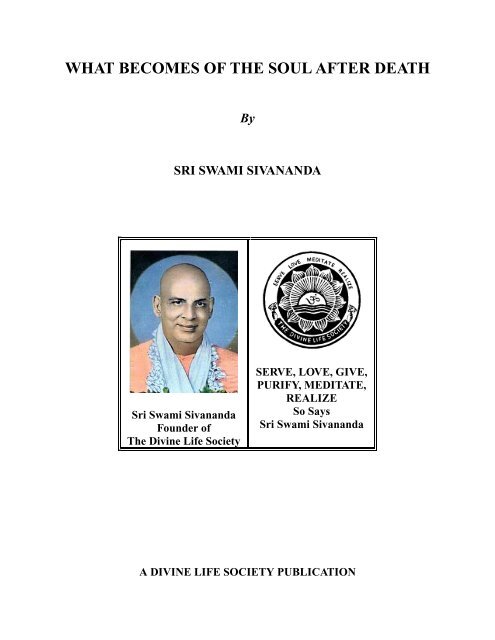

Killing off a protagonist – especially such a sweet, thoughtful, young one – is a shortcut to brutal emotional impact. In one sense, Life After Life has found a dramatic cheat code. Her wartime experiences vary wildly – from a glittering civil service career to family life in Germany that descends into hellish starvation – but they are all deeply disturbing, the latter almost nauseatingly so.

Now that progress stalls: she cannot avoid news of her beloved little brother Teddy’s death, however many times her life reboots. Until this point, Ursula’s lives have got longer and generally better. Yet it’s when the action moves into the second world war that the universe darkens more profoundly. “Hasn’t there been enough suffering?” is the dismissive response of Ursula’s steely, capable mother, unconvinced that there is a threat until it’s far too late. The 1918 influenza pandemic is harrowing – unbelievably so, from the Todds’ perspective, especially given the timing. Although the first world war doesn’t directly affect her bucolic childhood, it still kills her (her father volunteers to fight, which then leads to the window fall). That’s no accident: it’s what makes her incessant dying entirely plausible. The tragedy of Ursula’s life is amorphous and inevitable and not particularly personal it has no through-line besides the fact that the story is set during a uniquely dangerous time in British history. It’s what makes Life After Life incredibly compelling, binge-worthy even, despite being practically plotless from one episode to the next. If you like the feeling of being overwhelmed by vicarious trauma and grief then you’re in for a treat. The show’s main priority is apparent from the start: making people cry. There’s not a huge amount to laugh about in Life After Life (BBC Two). It’s The Butterfly Effect meets Groundhog Day (or rather “Groundhog Life”), only with none of the latter’s droll cosiness.

And then, suddenly, she is back, being born, and doing it all over again – but this time with self-protective instincts she can’t quite account for. It’s a pattern that repeats throughout Ursula’s many comfortable childhoods: there’s a drowning incident, a fall out of a bedroom window, multiple battles with Spanish flu. But, then again, she survives – a fact relayed to us by Lesley Manville’s equanimous narrator. Born to a wealthy middle-class family in 1910, Ursula dies almost instantly, strangled by her umbilical cord. That’s the premise of this devastating drama, a four-part adaptation of Kate Atkinson’s 2013 novel, which documents its protagonist’s many demises – each as distressing as the last.


 0 kommentar(er)
0 kommentar(er)
